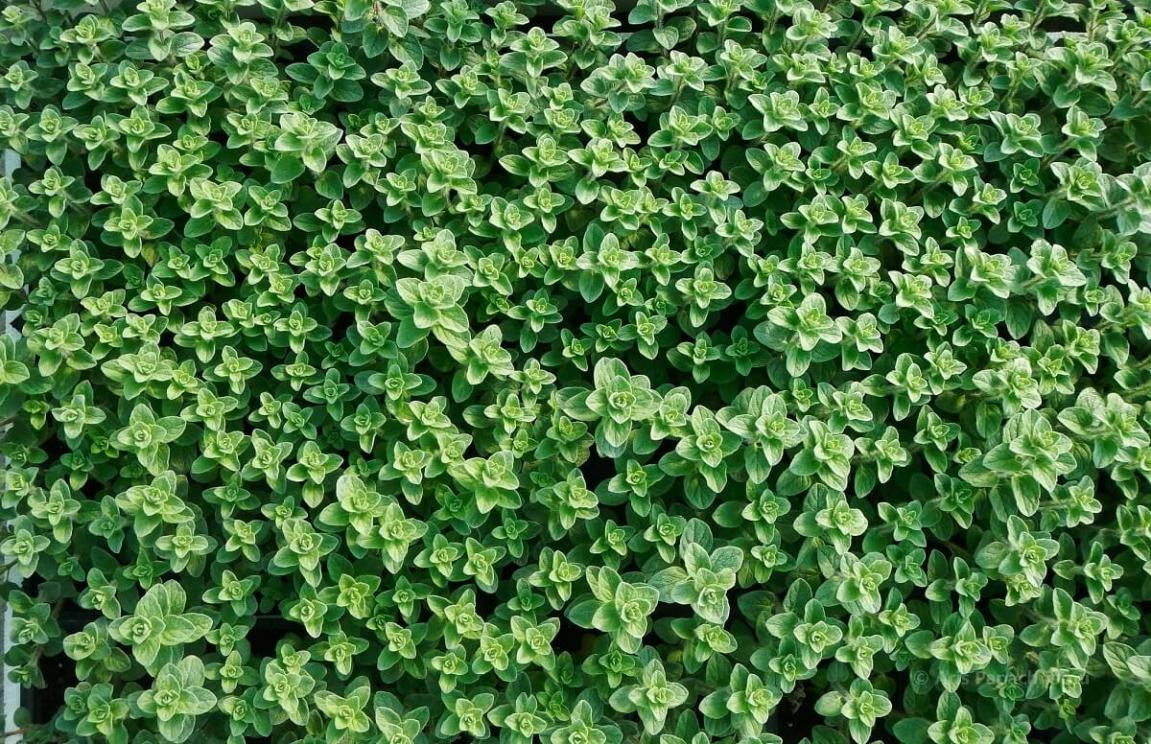How Can Satellite Data Help Me Make Better Land Use Decisions?
Satellite data is a valuable tool for land use planning and decision-making. It provides detailed information about land cover, land use, and environmental conditions, which can be used to identify trends, patterns, and changes over time. This information can help decision-makers make informed decisions about land use planning and management, and can also help identify areas at risk of environmental degradation and take steps to protect them.

Types Of Satellite Data
- Optical imagery: Provides detailed information about land cover, including vegetation, water, and urban areas.
- Radar imagery: Can penetrate clouds and darkness, making it useful for studying areas with frequent cloud cover.
- Thermal imagery: Measures the temperature of the land surface, which can be used to identify areas of heat stress or water stress.
- Hyperspectral imagery: Collects data across hundreds of narrow spectral bands, providing detailed information about the chemical composition of the land surface.
Applications Of Satellite Data In Land Use Planning
- Land cover mapping: Satellite data can be used to create detailed maps of land cover, which can be used to identify areas for development, conservation, or agriculture.
- Land use change detection: Satellite data can be used to track changes in land use over time, which can help identify areas of rapid development or deforestation.
- Environmental monitoring: Satellite data can be used to monitor environmental conditions, such as air quality, water quality, and soil moisture, which can help identify areas at risk of environmental degradation.
- Agricultural monitoring: Satellite data can be used to monitor crop growth and identify areas of stress, which can help farmers make better decisions about irrigation, fertilization, and pest control.
Benefits Of Using Satellite Data In Land Use Planning
- Provides accurate and up-to-date information about land cover, land use, and environmental conditions.
- Can be used to identify trends, patterns, and changes over time.
- Helps decision-makers make informed decisions about land use planning and management.
- Can help identify areas at risk of environmental degradation and take steps to protect them.
- Can help farmers make better decisions about irrigation, fertilization, and pest control.
Challenges Of Using Satellite Data In Land Use Planning
- Satellite data can be expensive to acquire and process.
- Requires specialized knowledge and skills to interpret and analyze.
- Can be difficult to obtain cloud-free imagery in areas with frequent cloud cover.
- Can be difficult to distinguish between different types of land cover, especially in areas with complex vegetation.
Satellite data is a valuable tool for land use planning and decision-making. It provides detailed information about land cover, land use, and environmental conditions, which can be used to identify trends, patterns, and changes over time. This information can help decision-makers make informed decisions about land use planning and management, and can also help identify areas at risk of environmental degradation and take steps to protect them.
YesNo

Leave a Reply